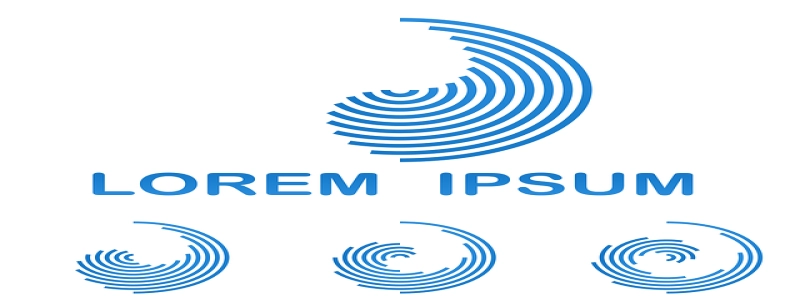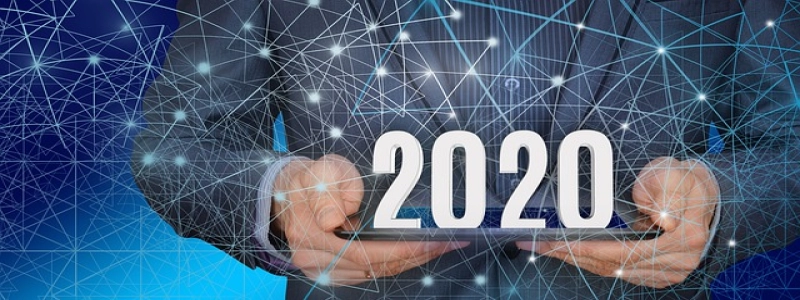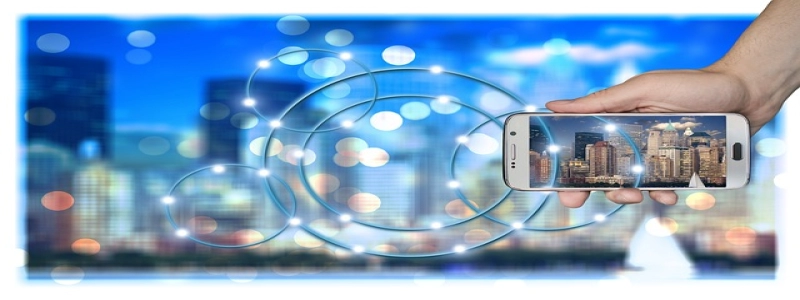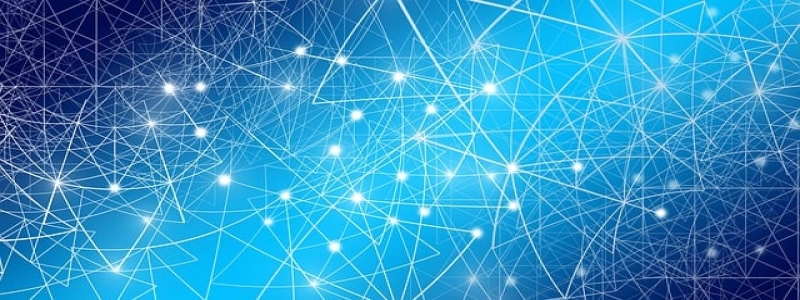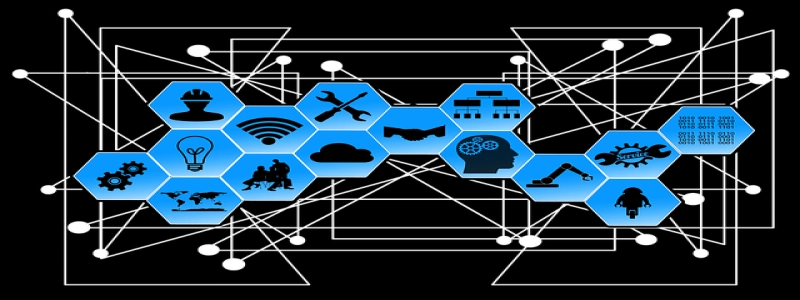Laser Fiber Optic Cable
I. Introduction
A. Definition
B. Importance
II. What is Laser Fiber Optic Cable?
A. Structure
B. Function
III. Benefits of Laser Fiber Optic Cable
A. High Speed and Efficiency
B. Secure and Reliable Communication
C. Immunity to External Interference
D. Long Transmission Distance
IV. Applications of Laser Fiber Optic Cable
A. Telecommunication
B. Internet Connectivity
C. Data Center Networking
D. Cable Television
V. Future Trends and Developments
A. Increasing Bandwidth Capacity
B. Advancements in Network Security
C. Growth in 5G Technology
VI. Conclusion
A. Recap of benefits and applications
B. Potential for further advancements
I. Introduction
A. Definition
Laser fiber optic cable is a type of communication cable that uses laser-generated light signals to transmit data. The cable consists of a thin, flexible glass or plastic core surrounded by a cladding material, and an outer protective layer. It is an essential component in modern telecommunication networks and data transmission systems.
B. Importance
Laser fiber optic cable plays a crucial role in enabling high-speed and reliable communication over long distances. It has revolutionized the telecommunications industry, allowing for faster internet speeds, clearer voice calls, and seamless data transmission. Its importance extends to various fields including telecommunication, internet connectivity, data center networking, and cable television.
II. What is Laser Fiber Optic Cable?
A. Structure
Laser fiber optic cable consists of multiple layers. The core, which is at the center, is made of a transparent material that allows light signals to pass through it. It is surrounded by a cladding material, which has a lower refractive index than the core, ensuring that the light stays confined within the core. Additionally, there is an outer protective layer that provides mechanical strength and protects the inner layers from external damage.
B. Function
Laser fiber optic cable works by guiding laser-generated light signals through the core of the cable. The light signals, which carry data in the form of binary code, are transmitted through the cable using a process known as total internal reflection. The light signals bounce off the inner walls of the core, allowing for the transmission of data over long distances without significant loss in signal strength.
III. Benefits of Laser Fiber Optic Cable
A. High Speed and Efficiency
Laser fiber optic cable offers exceptional speed and efficiency in data transmission. With the use of lasers, data can be transmitted at the speed of light. This results in reduced latency and faster transfer rates, making it ideal for applications that require real-time communication.
B. Secure and Reliable Communication
Laser fiber optic cable provides secure and reliable communication. The use of light signals makes it difficult for hackers to intercept and decode the data transmitted through the cable. Additionally, fiber optic cables are less susceptible to electromagnetic interference, ensuring uninterrupted communication.
C. Immunity to External Interference
Unlike traditional copper cables, laser fiber optic cables are immune to external interference from electromagnetic radiation or nearby power lines. This makes them suitable for use in environments with high levels of electrical noise, such as industrial areas or data centers.
D. Long Transmission Distance
Laser fiber optic cables can transmit data over much longer distances compared to traditional electrical cables. The minimal signal loss and attenuation in fiber optic cables allow data to be transmitted over tens of kilometers without the need for signal regeneration.
IV. Applications of Laser Fiber Optic Cable
A. Telecommunication
Laser fiber optic cables are widely used in telecommunication networks to transmit voice, data, and video signals over long distances. They enable high-quality and high-speed communication between individuals and across different locations, facilitating global connectivity.
B. Internet Connectivity
The backbone of the internet relies heavily on laser fiber optic cables. These cables carry vast amounts of data across continents and oceans, forming the backbone infrastructure of the internet. Fiber optic cables ensure fast and stable internet connectivity for the growing number of users worldwide.
C. Data Center Networking
Laser fiber optic cables are essential in data center networking, where large amounts of data need to be transmitted at high speeds. They enable efficient interconnection between servers, storage devices, and networking equipment within data centers, ensuring smooth operation and rapid data transfer.
D. Cable Television
Laser fiber optic cables are used in cable television networks to deliver high-definition video and audio signals to homes and businesses. The high bandwidth capacity of fiber optic cables allows for the transmission of multiple channels simultaneously, enhancing the viewing experience.
V. Future Trends and Developments
A. Increasing Bandwidth Capacity
The demand for higher bandwidth capacity continues to grow with the advancement of technology and the increasing number of internet-connected devices. Future developments in laser fiber optic cable aim to increase its capacity, enabling even faster and more efficient data transmission.
B. Advancements in Network Security
With the rising importance of secure communication, there is a constant focus on enhancing the security features of laser fiber optic cables. Innovations in encryption techniques and advanced security protocols will further strengthen the protection of data transmitted through these cables.
C. Growth in 5G Technology
The deployment of 5G technology requires a robust and reliable infrastructure to support the immense data transfer and low latency requirements. Laser fiber optic cables play a vital role in providing the necessary network infrastructure for the widespread adoption of 5G technology.
VI. Conclusion
A. Recap of benefits and applications
Laser fiber optic cables offer high speed, secure communication, immunity to interference, and long transmission distances. Their applications span across telecommunication, internet connectivity, data center networking, and cable television, playing a crucial role in advancing various industries.
B. Potential for further advancements
As technology continues to evolve, laser fiber optic cables will see further advancements in their bandwidth capacity, network security features, and support for emerging technologies like 5G. The future looks promising for laser fiber optic cables, paving the way for even faster and more reliable communication systems.
